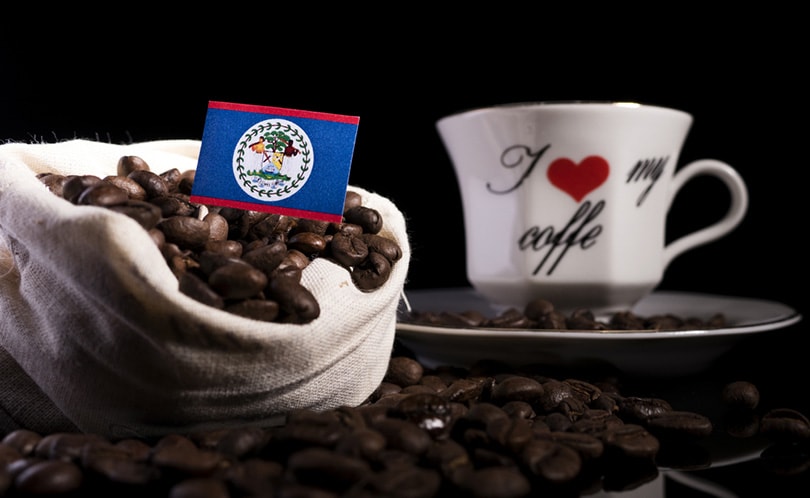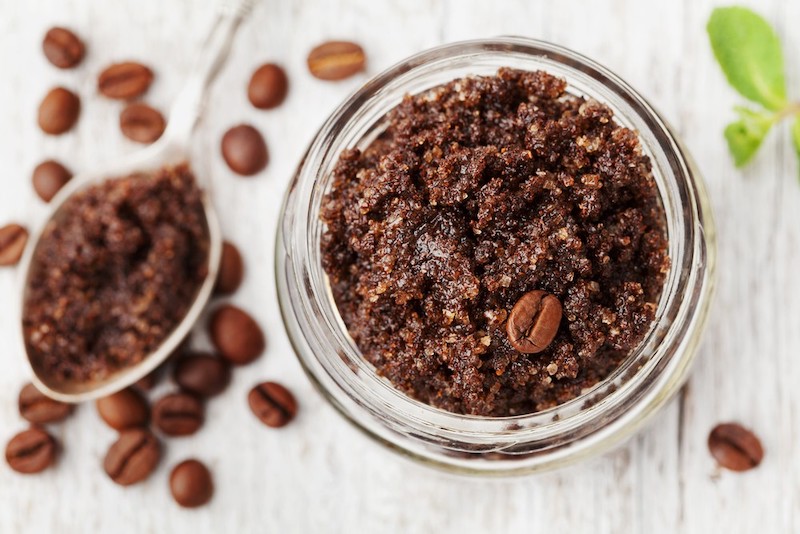
Does Belize Export Coffee?
Some of Belize’s Central American neighbors are some of the largest coffee exporters in the world. Mexico, Guatemala, Nicaragua, Honduras, and even Costa Rica all rank before Belize in kilograms of coffee exported per year. In fact, Belize does not even rank in the top 50 worldwide exporters of coffee.
Since coffee only grows in certain climates, you would think that a country sharing borders with other coffee-producing countries would be growing some as well. The truth is that Belize is a little late to the game when it comes to growing, harvesting, and roasting coffee. It also has the lowest population density of any other Central American nation. Let’s just say that their efforts tend to be focused elsewhere, and we are thankful for that! Historically, Belize has been more well known for its cacao production, earning itself the name “Cradle of chocolate,” among other countries competing for this title.
Where Is Coffee Grown in Belize?
There is mainly one producer of coffee beans in Belize, situated in the Mayan rainforest in northwestern Belize. Gallon Jug Estate grows 100% Arabica beans in an optimal environment. Belize is known for its cacao farming and growing coffee turns out to be not that much different, so the learning curve for farmers is not too steep. There is so little coffee grown in Belize for a country of its climate that its main producer, Gallon Jug, is not primarily known for its coffee production, but for sauces (habanero and pepper).
Gallon Jug’s coffee is not USDA certified organic, though they do use sustainable farming methods. The cherries are grown in the shade until fully ripe. They ripen slower as many Arabica beans do. This allows the coffee beans to absorb the most out of the cherries and plants. Once they are fully ripe, they are harvested, removed from the cherry, sun-dried, and then roasted.

What Does Belize Coffee Taste Like?
Belize coffee is described as having a full-bodied mouthfeel with chocolaty notes and medium acidity. Unfortunately, it is somewhat hard to get your hands on. This is due to the relative immaturity of the industry in Belize. In the future, we hope to see more coffee farming so that we can have access to more Belizean coffee!
What Coffee Do People in Belize Drink?
Belize, though located in Central America, is actually a culture that is a combination of Mexican, Central American, and Caribbean cultures. Since the demand for Belizean coffee seems to be rather low, the locals typically drink coffee imported from the United States if they aren’t drinking Gallon Jug. In 2020, 72% of Belize’s coffee, tea, and spice imports came from the United States. About 9% came from Guatemala.

What Is Coffee Culture Like in Belize?
Belizean coffee culture tends to be very laid back. It’s got that European vibe where you grab an espresso and a pastry while you relax before work, chat with friends, and delay the start of your day or return to work. Though, if you happen to be visiting Belize, you’re likely there for vacation, not a business trip! Just like European coffee culture, don’t expect a to-go cup. Instead, take after the country’s motto, sub umbra floreo, which is translated as, “I flourish in the shade.” This is descriptive of the coffee culture as well as the plant itself. Relax in the shade and enjoy your coffee!
Belize is great for tourists, especially those from the states. The official language is English, though many do speak Spanish or creole. So, getting around and café hopping is done with ease.

Final Thoughts
Though there are very few options for purchasing coffee from Belize, the rainforests provide an optimal conditions to grow fully mature coffee plants. However, there is debate as to whether or not the rainforests can provide enough real estate for the production of coffee. Since cacao is already grown in Belize, the two industries may compete or perhaps complement one another.
Featured Image Credit: Golden Brown, Shutterstock















